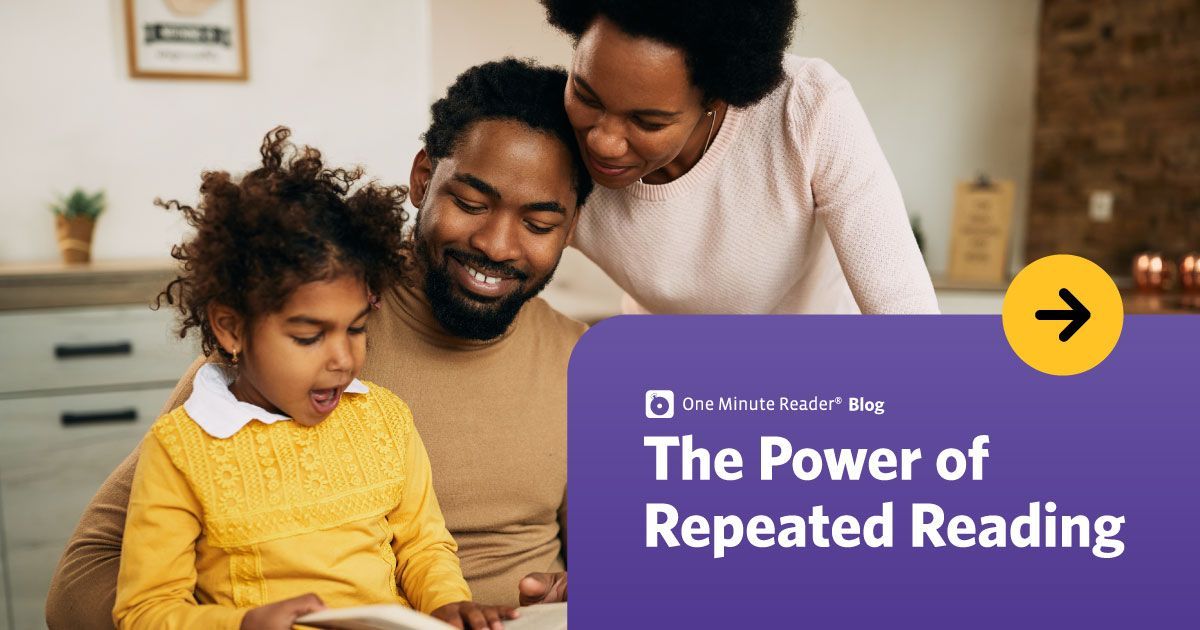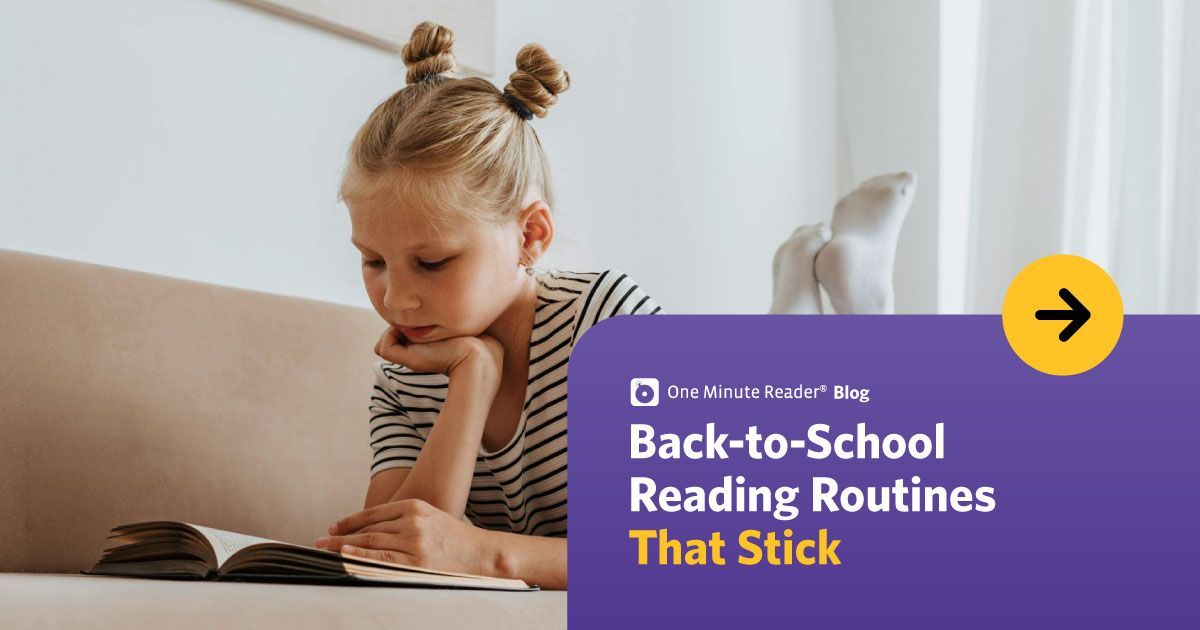Blog
Introducing Your Child to the One Minute Reader Program
Reading is a fundamental skill that opens doors to endless possibilities for children. As parents, we constantly seek ways to nurture our children’s reading abilities, making the process both enjoyable and educational. The One Minute Reader program is a fantastic tool designed to foster independent reading skills in children. Here are some tips to help you introduce this program to your child seamlessly and effectively.
- Start with an Overview: Before diving into the program, take some time to watch the “How Does One Minute Reader Work” video together with your child. This video provides a comprehensive overview of the program and helps your child understand what to expect.
- Set Up a Reading Routine: Establishing a consistent reading schedule is often a game changer. Choose a specific time each day dedicated to using the One Minute Reader program. Whether it’s right after school or before bedtime, consistency helps in building a habit.
- Create a Comfortable Reading Space: Designate a cozy and quiet reading nook where your child can focus without distractions. A comfortable chair, good lighting, or maybe a white noise machine can make this space inviting.
- Work Through the First Story Together: Help your child get started by working through the first story together. This hands-on guidance will help them feel comfortable with the steps involved and build their confidence to continue on their own.
- Start with a Positive Attitude: Your enthusiasm for the program can be contagious. Present the One Minute Reader program as a fun and exciting activity rather than a chore. Celebrate this new journey with your child, emphasizing the enjoyment and adventure in reading.
- Set Realistic Goals: Set achievable goals for your child. Start with shorter reading sessions and gradually increase the duration as they become more comfortable. Celebrate small milestones to keep them motivated.
- Track Progress Together: Use the program’s tracking features to monitor your child’s progress. Discuss the improvements you both notice, and set new challenges together. This shared involvement can boost your child’s confidence and motivation.
- Celebrate Achievements: Celebrate your child’s reading achievements, no matter how small. Whether it’s a special treat or a simple acknowledgment, recognizing their efforts reinforces positive behavior and encourages continued progress.
Introducing your child to the One Minute Reader program can be a rewarding experience that sets the foundation for a lifelong love of reading. By creating a supportive and engaging environment, you can help your child develop essential reading skills while fostering their independence and confidence.
Highlighted Posts
Ready to see an improvement in your child's reading?
Sign up today and get seven days for FREE.
One Minute Reader is just $8 per month after your free trial.


